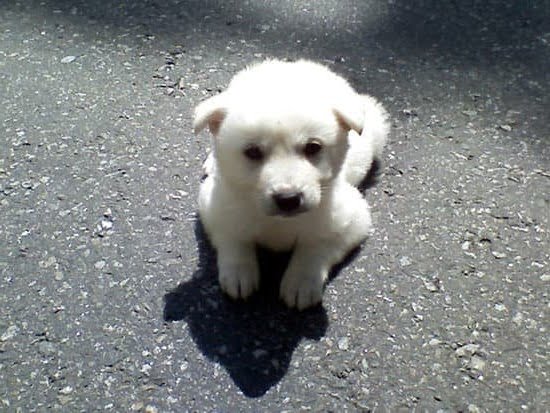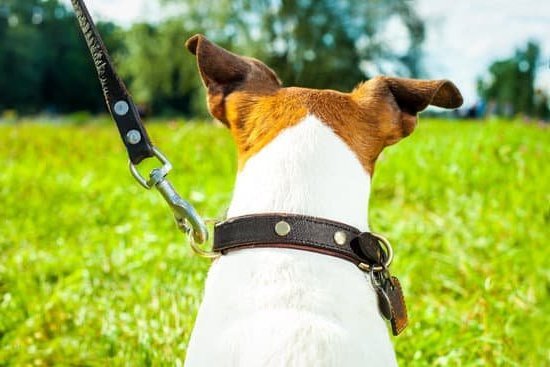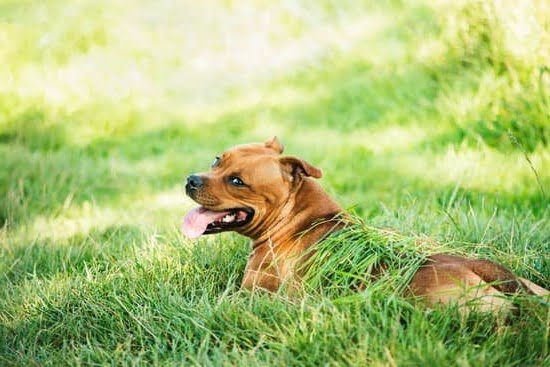Introduction to How to Train Your Dog to Stay Home Alone
Leaving your pet home alone can lead to separation anxiety for both you and your pet. Separation anxiety is the fear of being apart from a person, animal, or place that has been emotionally important to someone. It is normal for everyone to be anxious in response to a change in routine or being separated from what they are used to, but it can become detrimental if not addressed effectively.
The benefits of having a pet who can stay at home calmly while you are away cannot be overstated. Having an obedient and independent pet means knowing that your beloved furry friend can keep themselves entertained, fed, and hydrated without having any destructive behavior. This allows you peace of mind that your home is safe until you return and gives you more freedom to take unexpected trips or work schedules.
In order to train your dog to stay home alone, there are a few pieces of equipment recommended such as automatic feeders, kennels or crates with comfy bedding and chew toys,and baby gates for blocking off certain rooms from access. Additionally, treats should be kept out of reach but still accessible for rewards when desired behaviors are accomplished and establish comfortable designated spaces for your pup as well as teaching them basic commands such as “sit” and “stay.” With these steps along with consistency and patience in training their behaviors overtime ,you will have the confidence knowing that your pup can be safely left alone while you’re away!
Preparing Your Dog for Home Alone Time
When preparing your dog to stay home alone, it is important to take your time and start off with short periods of being alone. Start by placing your pet in their crate or designated space for only a few minutes at a time, so that they become used to settling in this environment. Increase the helping of being alone slowly until your pet is comfortable and do not rush them through the process.
It is also necessary to create an environment that feels safe and secure for your pup when leaving them home alone. This could include providing plenty of toys such as chewable bones or puzzles, setting up a nice bedding, having some background noise like a radio playing, and making sure any doorways leading outside are blocked off in case they become anxious to explore. Additionally ensure all windows and doors are securely shut and your pet has access to food and water while you’re away. Finally, make sure you always leave out fresh treats before going away so that they can associate being home alone with something positive!
Teaching the Command
One command to use when teaching a dog to stay home alone is the “Wait” command. During training sessions, this should be reinforced through verbal and physical cues. It is important to remain consistent with these commands and only say them once the desired behavior has been achieved. To provide positive reinforcement, give your dog treats or other rewards if they stay in their spot and follow the command correctly. Additionally, avoid punishing them for making a mistake as this could cause your dog to become anxious when being left alone in the future. Training sessions can vary from short snippets of 10 minutes at a time up to 30 minutes. As your pet learns more and more, you can start increasing the time between commands as well as continuing to provide positive reinforcement when they follow instructions correctly.
Testing Responses
Before leaving your dog alone for an extended period of time, it is important to test their responses. Set aside 30 minutes every day for a week or two to see how long your pet can handle being alone. Start by placing your dog in their confinement area with a few toys and treats, then leave the room for 1-2 minutes and return. Gradually increase the amount of time that you spend away from the room, up to five minutes at a time. This will help to ensure that they are ok with longer periods of home alone time and will give you an indication of how much they can manage before becoming restless or anxious.
It is also important to provide appropriate activities to keep them distracted while you are away. If your pet is toy motivated, provide items such as Kongs stuffed with treats or puzzle toys designed specifically for dogs. Puzzle mats and treat balls are also great alternatives that encourage mental stimulation as they work out how to release treats while engaging in interactive playtime. If your pet enjoys chewable items over toys, try offering natural rawhide chews made from dried animal parts or twisted ropes like tug-of-war games. Be aware that it is important not to leave bones or other edible items lying around as this will create bad habits and may pose a choking hazard if swallowed incorrectly
Giving Rewards
Rewarding good behavior is an effective way to train your dog to stay home alone. Praise is a powerful tool for training, and expressing it in a positive and consistent way will help reinforce the desired behavior. Providing treats or toys can also be a great reward – choose items that are specifically meant for playtime when you’re gone such as interactive dog toys or chews. Finally, playing together or engaging in activities with your dog when you’re home can help keep them occupied while teaching them expected behaviors. Games such as fetch or tug of war will encourage physical activity, while puzzle toys can provide mental stimulation when there’s no one around to interact with them. The combination of positive reinforcement and interactive activities will make it easier for your pup to learn how to stay home alone without getting bored or anxious.
Ensuring Safety
Removing hazards from the environment is a crucial part of training a dog to stay home alone. Before leaving your pup for any extended period of time, inspect the area for any risky items that could potentially cause harm or discomfort to your pet. These items include electric cords, exposed nails/screws, poisonous plants, and anything else that looks like it could hurt them.
Another important step in properly training a dog to stay home alone is stopping chewing behaviors. Remember to remove all chew toys, bones, and other items your pup uses as a way to ease anxiety when you leave. If these objects are left out it may delay the process of learning how to stay alone if your pup continues to focus its energy on conserving them instead of getting used to being by itself.
It is also important to keep an eye out for signs of separation anxiety that might appear while teaching your pet how to be independent. Excessive barking, whining and destruction are common manifestations of this issue which can occur when you leave! To prevent this from happening gradually increase the amount of time you are away each time with positive reinforcement and try not to make sudden departures while they’re adjusting. You may also want try leaving something with a comforting scent such as one of their favorite toys so they have a sense they can turn too when feeling overwhelmed.
Troubleshooting
If consistent barking is a problem with your dog when you leave them at home, there are a few approaches to take. The most important thing to remember is consistency. Find out what triggers the barking and address it each time you leave. If you believe that the barking occurs due to separation anxiety, limit the time that the dog spends alone, start with very short intervals (5-15 minutes) until they become comfortable being apart from you. Consistently offer reward for good behavior such as treats or toys and provide positive reinforcement. Incorporate commands such as “sit” or “quiet” into your routine of leaving them alone so that they associate those behaviors when you are away.
If destructive behavior has become an issue while they are left home alone, first determine if it is caused by boredom or separation anxiety and then address the issue accordingly. If due to boredom, make sure they have plenty of toys to keep them occupied while they are left home alone or provide access to treats throughout their stay in order to combat those boredom-inducing behaviors. Additionally engaging in longer play sessions prior to leaving may help curve those unwanted behaviors when left home alone. If it does appear that these behaviors are occurring due to separation anxiety, limit the time that the dog spends alone initially, start with very short intervals (5-15 minutes) until they become comfortable being apart from you and incorporate commands such as “sit” or “quiet” into your routine of leaving them alone so that they associate those behaviors when you are away reinforcing good behavior with reward treats or toys for good habits form the basis for quickly correcting unwanted behavior when left home alone
Conclusion
One of the most important steps in training a dog to stay home alone is patience. Patience is essential when working with animals, and it’s no different for teaching your pup to be able to stay by himself. Don’t rush the process and make sure you give your dog plenty of time to learn and understand the expectations of the task. Additionally, positive reinforcement such as treats or praise can help speed up the learning process and provide motivation for your pet.
Throughout this process, remember to keep both you and your pet in mind. Training a pet is a great way to strengthen your bond with them; however, it can also be stressful on them if you are too pushy or do not provide adequate reward systems. Be consistent with commands, reward appropriate behavior and avoid pushing too far too fast so that your dog succeeds as quickly as possible. With patience and consistency, you will have an obedient pup who will learn how to stay home alone in no time!

Welcome to the blog! I am a professional dog trainer and have been working with dogs for many years. In this blog, I will be discussing various topics related to dog training, including tips, tricks, and advice. I hope you find this information helpful and informative. Thanks for reading!





